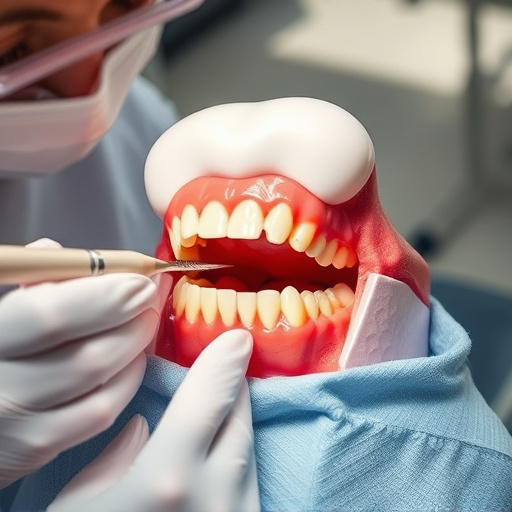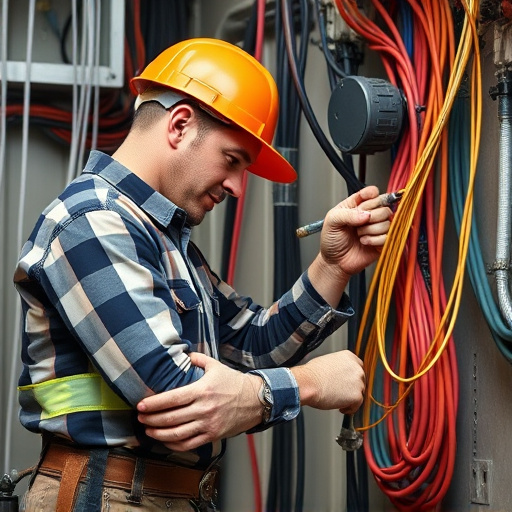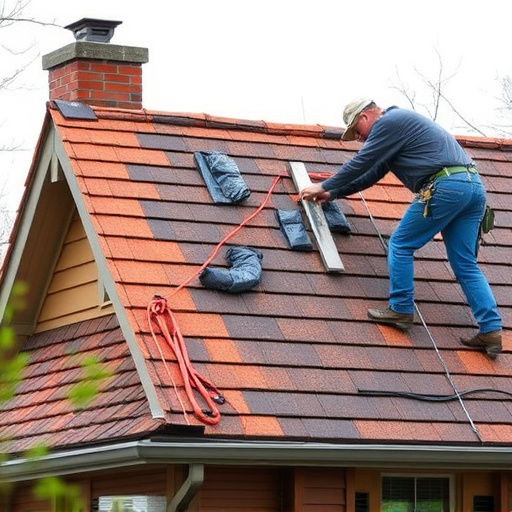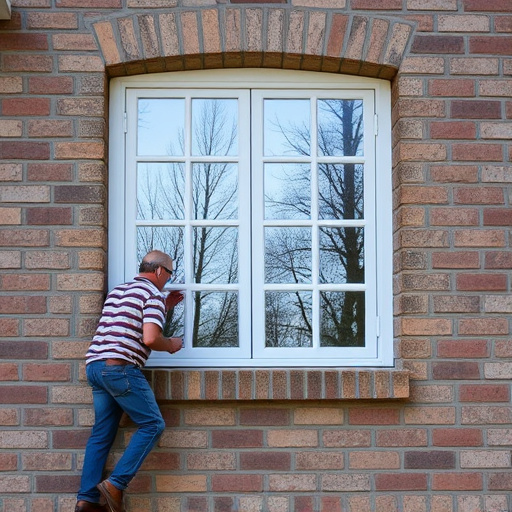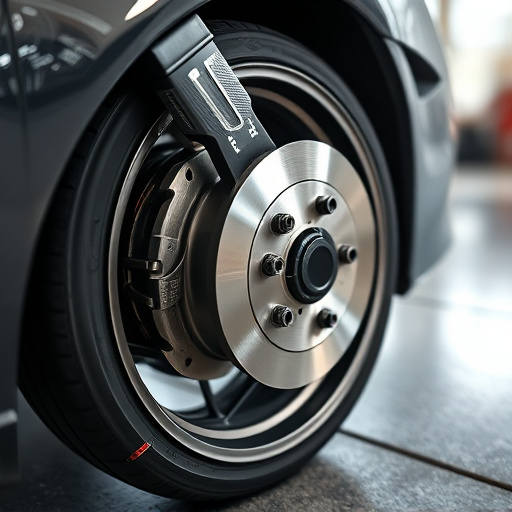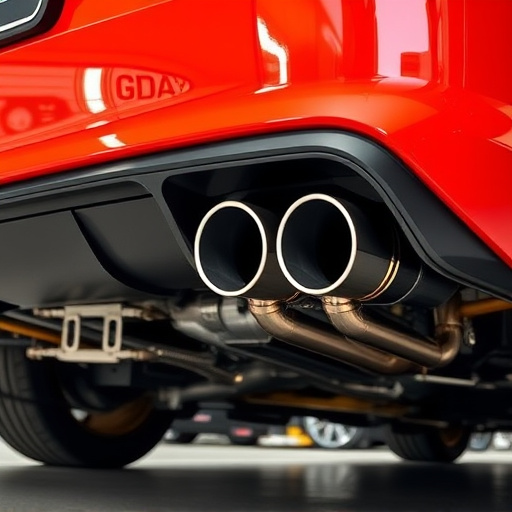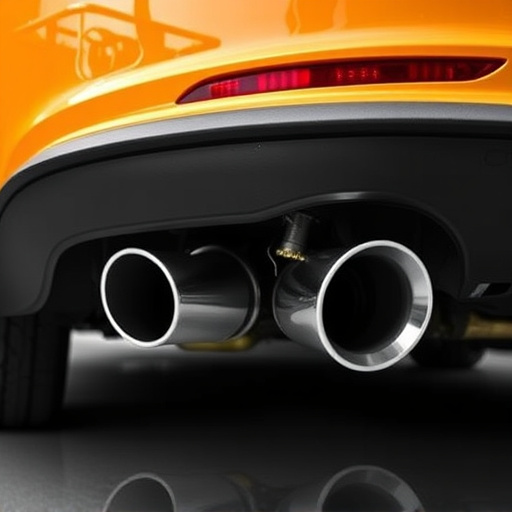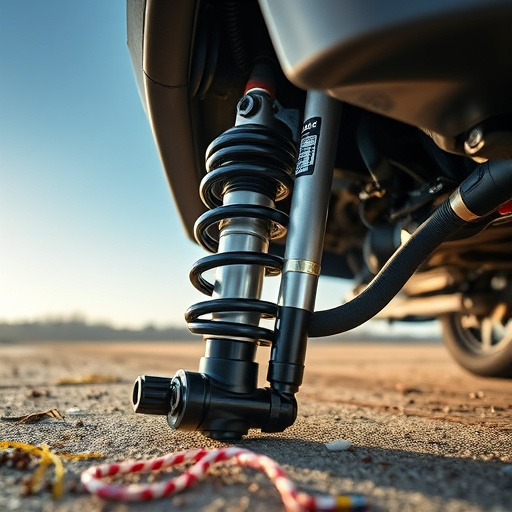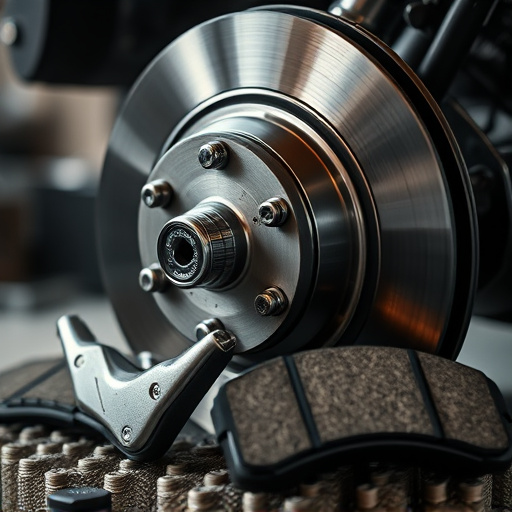The cat back exhaust system boosts vehicle performance by reducing emissions and optimizing gas flow, with key parts like the catalytic converter, muffler, and pipes. Regular maintenance, including filter replacements and pipe inspections, is crucial for longevity and safety. Common issues like backpressure and reduced engine performance can be prevented through checks for leaks, corrosion, and optimal air-fuel ratios. Keeping all exhaust components healthy ensures long-term functionality of the cat back exhaust setup.
Looking to extend the lifespan of your vehicle’s cat back exhaust system? This comprehensive guide provides essential maintenance tips tailored to keeping your cat back exhaust in top condition. From understanding vital components to addressing common issues, we break down how regular inspection and cleaning can optimize performance. Learn how to recognize potential problems early on and take proactive steps to ensure a longer-lasting cat back exhaust system.
- Understanding Cat Back Exhaust System Components
- Regular Inspection and Cleaning for Optimal Performance
- Addressing Common Issues to Prolong Lifespan
Understanding Cat Back Exhaust System Components
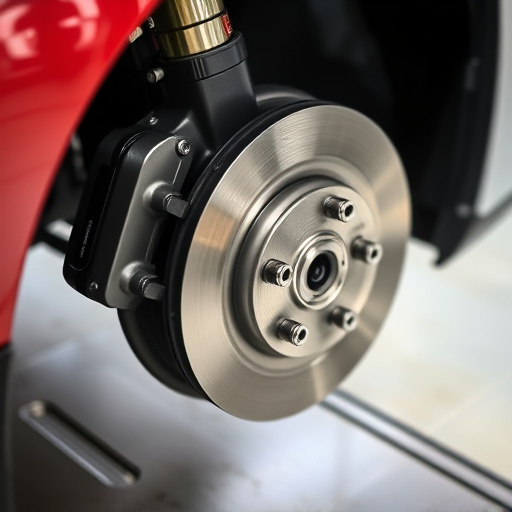
The cat back exhaust system is a crucial component of your vehicle’s performance and efficiency. It consists of several parts working in harmony to reduce harmful emissions while allowing for optimal gas flow. At its core, it includes the catalytic converter, muffler, and exhaust pipes, all designed to silence engine noise and transform toxic gases into less harmful substances.
Understanding these components is essential when it comes to maintenance. For instance, the catalytic converter, often referred to as ‘cat’, plays a vital role in improving air quality by reducing pollutants. Regularly replacing performance air filters can also enhance this process. Meanwhile, the muffler’s job is to muffle noise, ensuring a quieter ride, and proper exhaust pipe maintenance ensures these components function seamlessly, contributing to both vehicle longevity and overall performance, much like how coilover kits fine-tune handling dynamics.
Regular Inspection and Cleaning for Optimal Performance
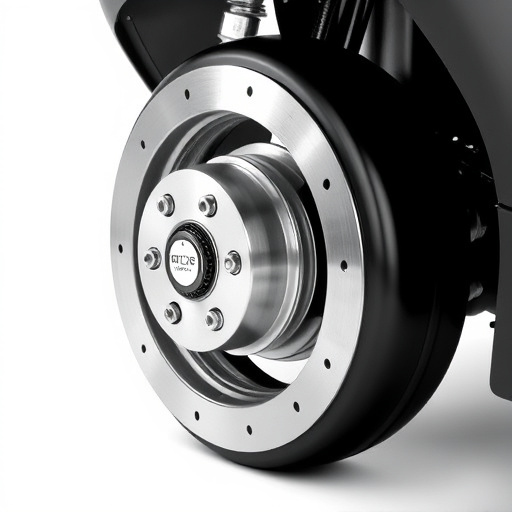
Regular inspections and cleaning are essential for maintaining your cat back exhaust system for longevity. By performing routine checks, you can identify any signs of damage, corrosion, or leaks early on, ensuring optimal performance and preventing potential safety hazards. Check all connections, hangers, and clamps for tightness and wear. Look out for any cracks or holes in the exhaust pipes, especially around the muffler tips and cat back exhaust components.
In addition to visual inspections, regular cleaning is crucial. Over time, buildup of grease, dirt, and debris can clog your exhaust system, leading to reduced engine performance and increased noise levels. Use appropriate tools and solvents to clean not just the exterior but also the interior of the cat back exhaust, focusing on areas around the muffler tips and brake rotors where residue tends to accumulate. This simple maintenance step goes a long way in ensuring smooth driving and prolonging the life of your exhaust system.
Addressing Common Issues to Prolong Lifespan
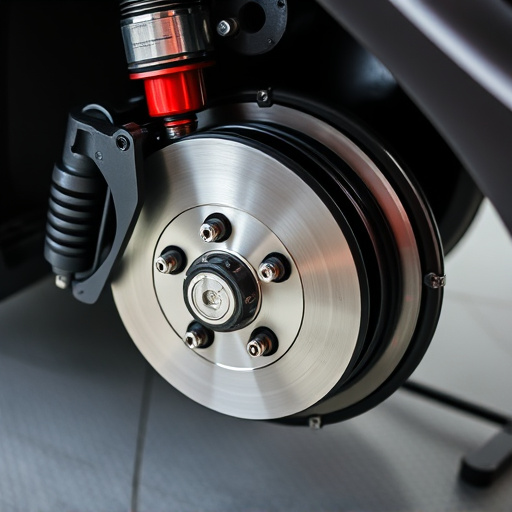
One of the most common issues with cat back exhaust systems is backpressure buildup, which can lead to reduced engine performance and even damage over time. To address this, regular maintenance is key. Check for any leaks in the system, ensuring all connections are secure and sealed properly. Inspect the mufflers and pipes for corrosion or signs of wear and tear, replacing as necessary. Additionally, monitoring and maintaining optimal air-fuel ratios through efficient combustion can significantly enhance the longevity of your cat back exhaust.
Another frequent problem is a clogged or dirty catalytic converter, which can hinder exhaust flow and impact engine efficiency. Preventative measures include regular replacement of performance air filters to ensure unencumbered airflow. Periodically checking and replacing the oxygen sensors can also help maintain optimal conversion efficiency. Moreover, keeping an eye on the overall health of your exhaust systems, including cold air intakes, will contribute to the long-term viability of your cat back exhaust setup.
Maintaining your cat back exhaust system is crucial for both performance and longevity. By regularly inspecting and cleaning components, you can ensure optimal gas flow and prevent common issues that may shorten its lifespan. Remember, a well-maintained cat back exhaust not only enhances your vehicle’s power and sound but also contributes to safer driving conditions. Keep these tips in mind to maximize the life of your exhaust system.


